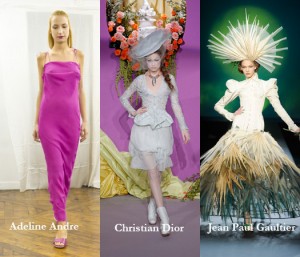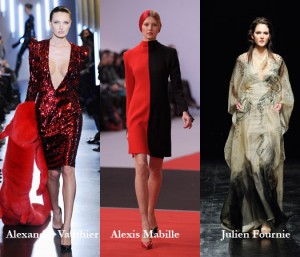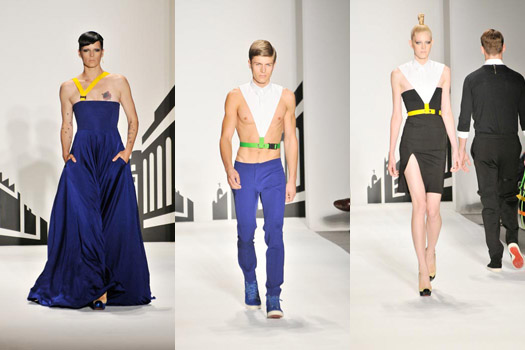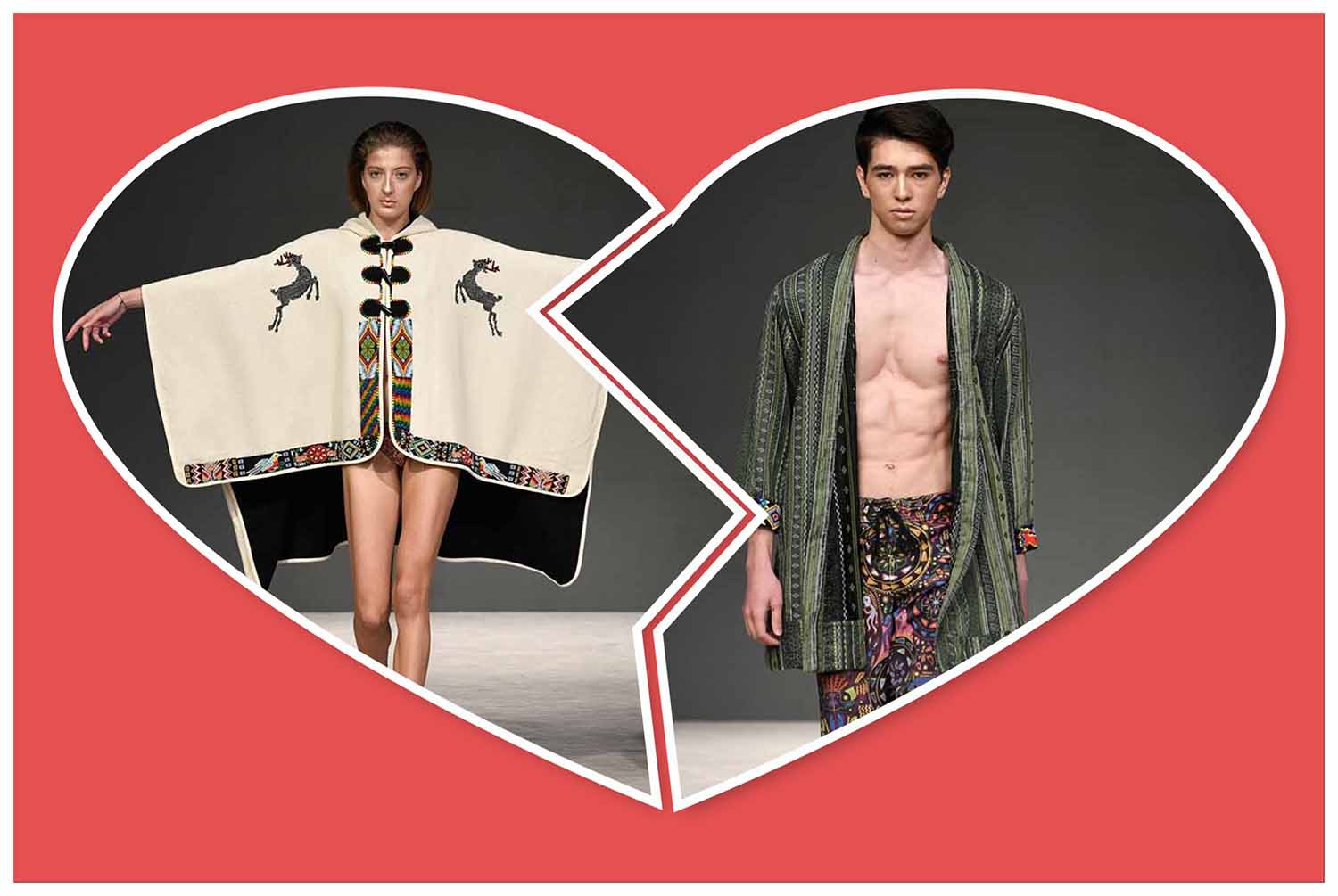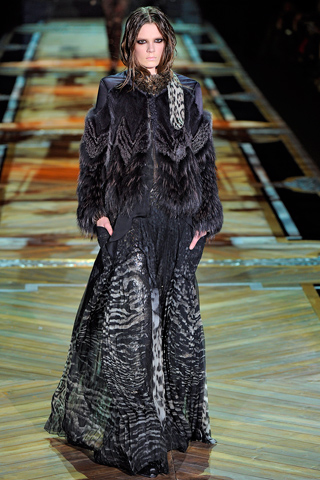Does Haute Couture Need a New Calibration?DALLAS, May 2, 210 / FW/ — As the world recovers from recession, luxury goods are back in fashion as the wealthy returns to the shops instead of the clandestine shopping sprees that was in vogue last Christmas. According to Bain & Company, a global business consulting firm, “luxury brands are gaining appeal again, [it’s] the end of shame for local consumers in mature markets.” Bain & Co also predicts recovery, forecasting luxury industry sales to be €158 billion this year, up 4% against an earlier forecast. Though the projections are very optimistic, the same report also said that “the recession has changed consumer behavior. There is now a need to justify the premium price. Brand is not enough.” For the dominant haute couture houses Christian Dior and Chanel, that statement is not new. As a brand, Chanel is nearing its centennial and the secret of its longevity is its ability to reinvent itself for the current generation. Christian Dior is half Chanel’s age as a brand but has also remained relevant for the same reason. Still, the beat of haute couture during the past decade was dictated by two “relatively” newcomers – Jean Paul Gaultier and Adeline Andre. Gaultier’s vision of fashion is world renowned while Adeline Andre is more about construction and invention. Ms. Andre had kept the flame for haute couture’s reputation as THE laboratory of fashion alive. Currently, the Chambre Syndicale de la haute couture has 11 members, plus 4 correspondent members, making it a total of 15. Though there are 5 “new” names in the roster, the brands are no longer “emerging” in the sense that they have been around for some time; they were not just on the list of official members. Surprisingly, the guest members list is the one which generates new excitement, specifically Alexis Mabille who has caught the fashionistas attention with both his menswear and haute couture lines, including cold weather wear with his collaboration with Pyrenex. And we should not forget those who are showing off calendar. Alexander Vauthier and Julien Fournié are imprinting their names and their brands to the current generation of fashionistas. Julien Fournié’s vision of vulnerability as the new luxury is definitely interesting. Meanwhile, though Alexander Vauthier had shown only three haute couture collections, Hollywood had already noticed. Musical artist Rihanna had worn Alexander Vauthier creations several times already and honored the designer by wearing an Alexander Vauthier in the cover of her latest album. Kerry Washington and Melanie Laurent are also turning out to be fans. Twice a year, the ladies still descend to Paris to watch the unveiling of the latest haute couture collection. And twice a year, they do their shopping, giving their orders for the season. But, as already been reported, the number of “ladies” had dwindled from 1,500 at the turn of the century to about 200, the approximate count about two years ago by BBC. Even before the recession and the addition of new talents in the pool, haute couture, simply because of its dwindling number of clients already needs to be recalibrated. But, there was nothing dramatic or event traumatic enough to make those inside the haute couture pond do it. After all, the concept had worked for the past 150 years, it should continue to work, right? Maybe yes, maybe no. In this era of social networking, even The New York Times (1851), which is older than the Chambre Syndicale de la Haute Couture (1868) is adjusting with the new generation of media consumers. For haute couture to remain relevant to the current fashionistas and the future generation has to reinvent itself and thus once again become pertinent. And it brings us to what Bain & Company said about luxury goods, “there is now a need to justify the premium price. Brand is not enough.” The term “haute couture” though it had never been a brand has always been associated with high fashion and high prices. In fact, the word “couture” which is more widely used also commands that premium price. For a very long time, the artisanal approach to the made-to-measure clothing had justified the premium price. And that still holds true up to today. That the clothes are actually works of art and in more ways than one are truly “wearable art” also justify the premium price. But, in today’s environment, those are no longer enough to keep the audience engaged, in a manner of speaking. Oh yes, clients and non-clients will still agree why haute couture clothes are priced at a premium. But, agreeing is different from engaging. If the members of the Chambre Syndicale de la Haute Couture do not engage its audience even just to maintain its current clientele, then haute couture will soon be just a media event to launch perfumes instead of being the spearhead of fashion innovations. [MARI DAVIS] |
RUNWAY SHOWS:
NEWS |

